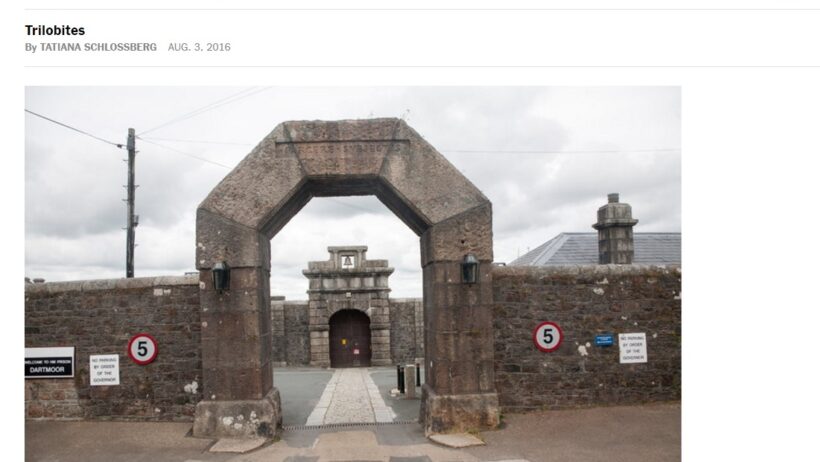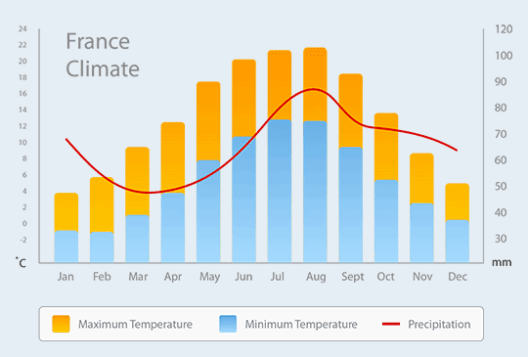In recent years, discourse surrounding climate change has become more urgent than ever. While the focus predominantly dwells on reducing carbon emissions and transitioning to renewable energy, a nuanced connection exists between societal ills, such as crime, and environmental degradation. The relationship is not immediately apparent but uncovering it offers not only insights but also innovative strategies for tackling both issues simultaneously.
To understand this inconspicuous link, we first need to examine the socio-economic factors at play. Crime often flourishes in areas plagued by poverty, lack of education, and insufficient social services. When communities experience high crime rates, fear and instability lead to reduced economic activities. Low investment in infrastructure and public services produces environments that are not just unsustainable but also exacerbate environmental issues. Thus, reducing crime can catalyze improvements that extend beyond merely a safer society.
A significant aspect of this connection lies in urban planning. Metropolises encumbered with high crime rates frequently feature inadequate public transportation systems and poorly maintained public spaces. In contrast, neighborhoods that are safer often enjoy better urban design, which encourages sustainable practices. Walkable neighborhoods promote not only physical activity but also reduced reliance on automobiles, thereby lessening carbon footprints. Designing cities with greenery and community spaces fosters a sense of ownership and belonging, which directly correlates to lower crime rates.
Moreover, crime reduction can influence community resilience regarding climate change. When people feel secure in their environments, they are more likely to engage in initiatives that promote sustainability. Citizens in safe neighborhoods are more inclined to participate in community gardens, local recycling programs, and educational workshops about environmental stewardship. Consequently, crime reduction catalyzes a participatory culture that cultivates ecological awareness and commitment.
The psychological aspect cannot be understated. Individuals living in high-crime areas experience chronic stress, which can lead to a deterministic outlook on life’s prospects. This often disregards long-term issues like climate change, which can appear abstract and distant compared to immediate threats like crime. Addressing crime first creates a sense of agency and control among residents, thereby empowering them to advocate for environmental sustainability and climate resilience.
Furthermore, the economic implications of criminality are substantial and often overlooked in discussions concerning climate action. Violent crime and theft hinder economic growth by diverting public and private funds towards security and policing. Redirecting these financial resources to renewable energy initiatives, infrastructure resilience, and community-building projects can rejuvenate economies and mitigate climate impacts. Economies thrive when they are secure, allowing investments in sustainable technologies and innovations to flourish.
The link between crime and climate also extends to global dimensions. The effects of climate change, such as extreme weather occurrences and displacement, can exacerbate social unrest and crime in the most vulnerable regions. Thus, addressing root causes of crime on a local scale can contribute to global stability, fostering a climate in which international cooperation and collaboration are possible. When communities have robust support systems and low crime rates, they can more effectively brace against the adverse impacts of climate change.
In a broader context, initiatives aimed at reducing both crime and environmental degradation can spiral into virtuous cycles. For instance, educational programs focusing on both environmental conservation and social responsibility can be implemented in schools. Young people educated about these interconnected issues are more likely to evolve into conscientious adults who prioritize safety and sustainability alike. This dual focus ensures that future generations are well-equipped to navigate the challenges posed by both crime and climate change.
From a policy perspective, integrating public safety and environmental initiatives reveals promising synergies. Governments should consider comprehensive plans that address crime reduction through sustainable development. Initiatives like community policing can be harmonized with environmental job training programs. Effectively utilizing existing community resources to address both safety and sustainability can lead to transformative change, enhancing living conditions while concurrently mitigating climate impact.
While the connection between crime and climate change may seem tenuous at first, it becomes evident that effectual solutions require an expanded understanding of the systemic issues facing society. By viewing crime and climate change through a broader lens, we can identify multifaceted approaches that yield significant benefits across various domains. Reducing crime may pave the way for enhanced community vigilance toward environmental challenges, ultimately pioneering a safer, greener future.
As we reflect on this intricate nexus, it is essential to share insights and build a coalition of interests around both safety and sustainability. Civil society organizations, local governments, and community members must collaborate to weave together initiatives that reinforce this connection. As crime rates fall and environmental conditions improve, hope emerges as a powerful catalyst for change — showing that even in the face of daunting challenges, the journey from crime to climate may yield paths to a more promising future.








